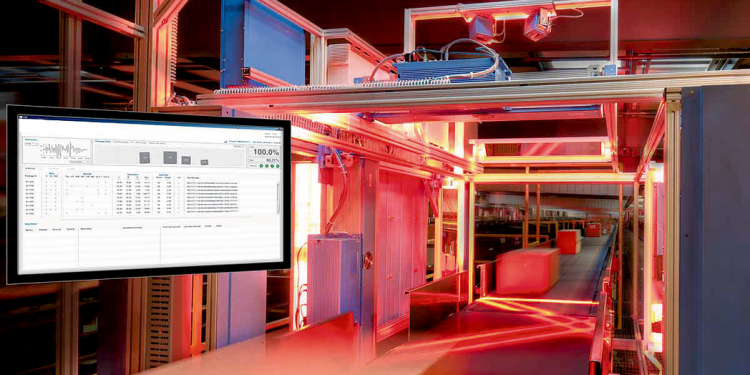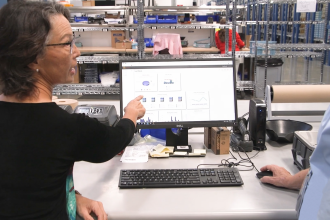Digitization of Intralogistics

For years, the term “Internet of things,” was the buzzword of choice, making the rounds at trade shows and in supply chain partnerships. While the term has evolved into the “digitization of intralogistics,” in its simplest form, the concept remains the same: the adoption of technology within logistics. It has allowed for a transformation of operations because of the enablement of data and information.
But what does that look like in action? For material handling, it can take on a variety of outcomes, all of them positive. Essentially, by capturing data associated with the movement of materials, supply chain partners have transparency that allows them to understand where things are and when, how equipment is functioning, and more. It also goes beyond the “where is it now” question, however, and partners can use the intel they receive to identify trends and make predictions for the future. There is more data available than ever, and more tools to capture it and analyze it as well.
For instance, companies can now place sensors on a component for an ASRS. The sensor captures valuable inputs that goes into one big system, providing data from multiple points along the way. This might include condition monitoring of the component, revealing wear and tear, suggesting the optimal time for maintenance.
Or take the example of a conveyor or sorter. With a sensor reading data as a package makes its way along the belt, companies can track the efficiency or performance at various throughputs. If something is wrong with a package—say the label quality is degrading—the company is receiving that intel over time, allowing them to fix the problem before it takes a big toll on productivity. Looking ahead in this example, the company will have data points from which to plot the right time for maintenance or replacement of the equipment.
Within partnerships, in order for this to provide the most use, there must be intra-company connectivity, rather than in-house data capture and analytics. At the heart of this is a coordinated effort to integrate various IT systems, automation solutions, identification technologies and scheduling. In reality, this digitization of intralogistics remains elusive for most companies, but it is not far off. The layers required include a central database for information storage; a tool for analysis; automated information flow; and processes for seeing this all through, end-to-end.
As the digitization of intralogistics comes more into focus and implementation a reality, companies will be able to determine what will happen within their processes. With predictive analytics, companies gain safety, efficiency, and better control of operations. This will drive out waste, help minimize the impact of the labor shortage, and keep expensive equipment investments running longer and better.
Today the digitization of intralogistics means seeing what is happening across the supply chain. Tomorrow it will mean what is going to happen.
Please take our survey for conveyor end-users to help us understand your needs better. Click Here



